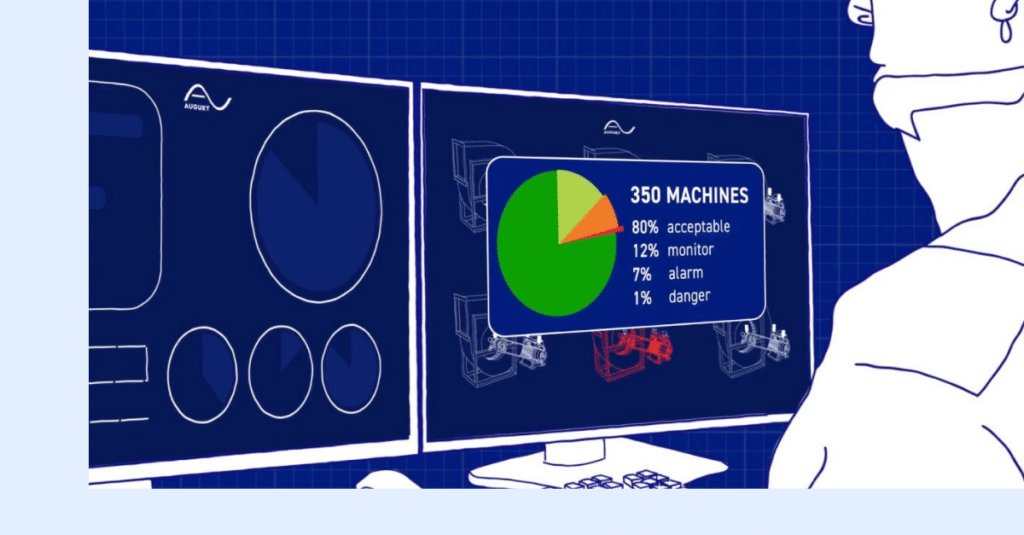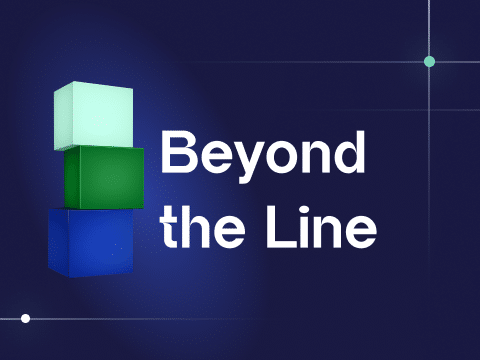
Here’s a prediction: Predictive Maintenance will change the way we pre-empt failure and drive efficiency across the mining industry.
Running a slick maintenance operation has always been critical to mining and other industrial efficiency. To riff on an old dictum, if it’s broke, you need to fix it… and, preferably, fast. But what if your maintenance capacity anticipated failures and performance issues, diagnosed issues early and either fixed them before issues worsened or at least alerted staff to what’s happening and provided suggestions as to next steps?
For this promise and others, Predictive Maintenance is hot. Why? Because adding digital smarts to periodic inspection provides an automated, faster, safer and affordable way to ensure equipment is functioning, optimized and capable of a long service life.
Augmenting Human Intelligence
Modern Predictive Maintenance typically involves a cocktail of technologies that includes fast wired and/or wireless network connectivity, sensors and data analytics. It’s a good example of the Industrial Internet of Things (IIoT) or Industry 4.0 whereby previous dumb objects such as drills, vehicles, dozers, shovels and loaders are rendered intelligent with the help of these digital tools.
Adding compute and network capacity means equipment items can report back on their status, offering information such as fuel consumption, parts condition, thermal conditions or mechanical performance. This in turn can identify when power will be lost, what parts need to be replaced or repaired, the need for cooling to be applied and so on.
Predictive Maintenance is no science-fiction vision of the future where robots replace people. We already have what we need to augment traditional maintenance operations through diagnostics or alerts suggesting further inspection is needed. And increasingly we are pursuing self-healing where hot fixes are applied in real time.
Mining The Data
Also, the scope of Predictive Maintenance is not limited to fixing current issues. Data captured can also yield evidence that helps mining companies develop better processes and workarounds that mean linear processes are not catastrophically disrupted. Mining the data means we can understand and act on common causes of outages or correlations that cause downtime or suboptimal effectiveness.
In mining, machines are constantly communicating. High-pitched noises and excessive vibrations and so on give us vital clues. By applying IIoT and telemetry we enhance these basic nuggets of evidence to arrive at a more empirical approach. In short, technology helps us to listen and understand.
On The Road. Together.
While we all have to drive towards a zero-downtime future, we know that we will always face unexpected issues. But predictive maintenance takes us a long way forward to limiting major interventions to edge cases and exception handling.
Getting to a better maintenance state is partly cultural though. We need CIOs, CTOs and maintenance chiefs to show leaders what IT can do and we need strong, visionary leaders who will act decisively on digitization and sign off on the necessary budget approvals.
But we also need to bridge the divide between “suits and boots” and ensure that everyone buys into what technology can do and what that means for potentially changing roles. Our new digital assistants can do a lot of the dirty, low-level work we need to get done. Meanwhile, human beings can use their intelligence, empathy and intuition to add value.
Ultimately, we need to join the dots between the OT and IT world, using the power of digitalization and computation to visualize future mines with exceptional levels of uptime and offering the chance to try out and test ‘what if’ scenarios virtually rather than in the risky, physical world.
But for now, Predictive Maintenance can show us the quick wins and real-world advantages when we overlay data insights on the machinery we depend on every day.
Do you want to learn more about how Machine Health Solutions can support your workforce? Reach out by email or phone me directly at +1-(814)-935-0001 so we can arrange a conversation.
You can also read: ‘Minding the Age Gap: Solutions for the Next Generation of Miners‘.




